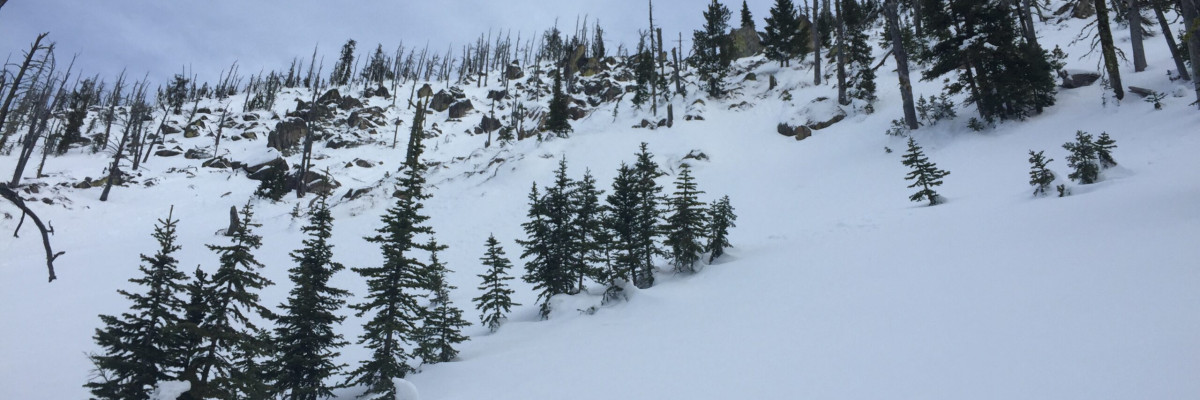The current avalanche danger is LOW in the west central Montana backcountry. Conditions are generally safe, but it is possible to find unstable snow in isolated areas. There is always a chance of triggering an avalanche if you recreate or travel on slopes 35 degrees and steeper.
Good morning, this is Travis Craft with the West Central Montana Avalanche Center’s avalanche advisory for January 07, 2016. This danger rating does not apply to operating ski areas, expires at midnight tonight and is the sole responsibility of the U.S. Forest Service.
Weather and Snowpack
Today mountain temperatures are between 25 and 30 F. Winds are 13 mph with gusts of 15 mph out of the NNW. The advisory area has received 1 to 2 new inches of snow in the last 24 hours.
Tim and I toured in the Rattlesnake yesterday and we found a very well bonded snowpack. The basal facets from Thanksgiving were not reactive in our stability tests. We dug pits on shaded cold aspects and found the facets, but they did not propagate in any of our tests. The facets are rounding because of the mild temperatures we have had in the mountains. I would recommend digging a pit on steep slopes to see if this layer is sensitive to triggers.
The high pressure system changed our snow surfaces. We observed surface hoar in isolated pockets, melt freeze crusts and wind scoured slopes. These are found on different aspects and will be the layers of new concern with the new snow of today. With the small amount of new snow look for very small dry loose snow avalanches. These should not be a problem unless they take you into a terrain trap(gully, tree, or cliff).
Remember, Low hazard does not mean no avalanches, it means that it is unlikely to trigger one. There are still instabilities out there in isolated areas.
Weather and Avalanche Outlook
The area is receiving light precipitation right now. Expect this trend to continue with light accumulations till Saturday. The avalanche danger will slowly increase with small accumulations of snow.
Logan will issue the next advisory on Saturday. Ski and ride safe.
























